- Joined
- Nov 24, 2020
- Messages
- 261
- Reaction score
- 269
AWESOME Deal my friend!! Those Barrels FLAT OUT ShootAnything i can do to help you along with it, Just shout

Tried to PM you Idaholewis but was blocked... Please let me know how I can PM you. Thx

AWESOME Deal my friend!! Those Barrels FLAT OUT ShootAnything i can do to help you along with it, Just shout

Tried to PM you Idaholewis but was blocked... Please let me know how I can PM you. Thx

I didnt think PMs counted as posts?I've been doing PMs with others so I don't think that's the problem.
I didnt think PMs counted as posts?
Hornady Plains bullets always shot well out of my GM LRH in 54. I am sure that they would be ok in 50 and they still make them, unlike the 54.Thanks for all the information. I guess I should have mentioned that under the proposed law (Montana Heritage Hunt) I will need to use lead-only bullets. Link to bill below - received an overwhelming majority vote in the House so I expect it to pass through the Senate and be signed into law. If not, I will still be reunited with an old friend...
https://leg.mt.gov/bills/2021/billpdf/HB0242.pdf
 If it were mine i would do this to it
If it were mine i would do this to itThanks Lewis for posting this. I am going to try this method out on my relined .45 barrel, to see if I can squeeze a little more accuracy out and also make it less prone to leadingLooks Good JBBushnellIf it were mine i would do this to it
“Lee Shaver’s Break-in Procedure“
Having used the jacketed bullet/clean-between-shot process in the past and
specifically Badger’s procedure when breaking-in one of my Browning BPCRs, I
was not looking forward to repeating the very lengthy process with my other
Browning’s. Fortunately Lee Shaver came to the rescue with his much simpler and
less time consuming process. With permission from Lee I’ve included the details
of his procedure. It’s from a larger article Lee published in the May 2013 edition
of The Single Shot Exchange Magazine.
Excerpt from “Breaking In a Barrel” by Lee Shaver:
Several years ago, I developed a process for breaking-in barrels for lead bullet use
that eliminated the afternoon of shooting and cleaning with jacketed bullet. It
began because I would occasionally have to get bad leading out of a barrel for a
customer, and when you charge what a gunsmith must charge to stay in business
you don’t want to spend an afternoon scrubbing the lead out of a customer’s gun.
And I’m sure the customer would rather not pay for said services.
What I learned was that when scrubbing lead out of a barrel, I could run a tight oily
patch through a few times and then take the patch off the jag. I would then unroll a
little 0000 steel wool and cut a piece the size of the patch. Place that over the
patch and then run it all through together. (The proper fit is when you have to
bump the rod a few times with the palm of your hand to get it started in the bore.)
When you shove that steel wool over a patch through the bore of a badly leaded
barrel, it may sound like paper tearing as the lead is ripped out of the barrel in a
pass or two. I can clean the lead out of the worst barrel in about ten or fifteen
minutes that way, and an average leaded barrel will be clean in a few strokes.
After using this technique for a while, I began to notice that the rifles that I was de-
leading that way seemed to lead less afterwards, which got me to thinking. We use
fine steel wool on the outside of old guns all the time to do some cleaning or spot
rust removal, and it does not damage the surface of the steel. It just scrubs it.
Which lead me to consider the fact that we are trying to break in a barrel by
smoothing the surface without cutting, and it seems to me that process would go
much quicker if we used something on the inside of the bore that was closer to the
hardness of the barrel instead of lead or copper. So I started trying the steel wool
and oiled patch technique on new barrels before shooting them. I use it about as
tight as I can get in the bore and wear out a steel wool pad or two in about 15
minutes, then I go and shoot the rifle.
How well does it work you might ask? On a few occasions, I have built a new rifle
and taken it to a match without ever having fired the rifle. All have performed
flawlessly in their first match and several times I won the match or set a record
with them. On one occasion, I set a new 300 yard range record with the first 13
shots out of a barrel. This method has become a service we offer to our customers
here in the shop and I have shared the technique many times with others.
So the next time you get ready to shoot that new rifle, just remember it is important
to break in a barrel properly, but if the operation you are doing to the barrel cuts –
it is not breaking it in. It may be making the barrel smoother, but to break the
barrel in you need to polish the bore by burnishing not cutting either by shooting it
or scrubbing it.
Lee Shaver
Thanks Lewis for posting this. I am going to try this method out on my relined .45 barrel, to see if I can squeeze a little more accuracy out and also make it less prone to leading

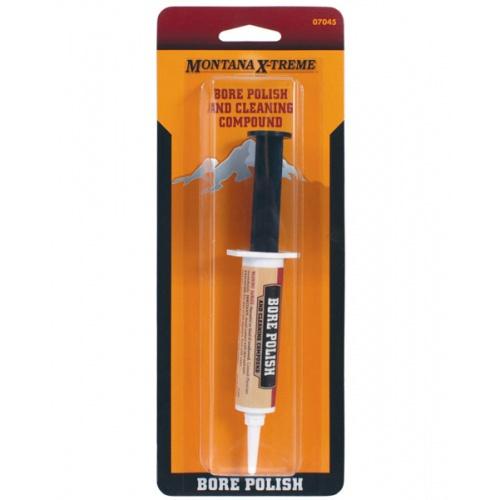
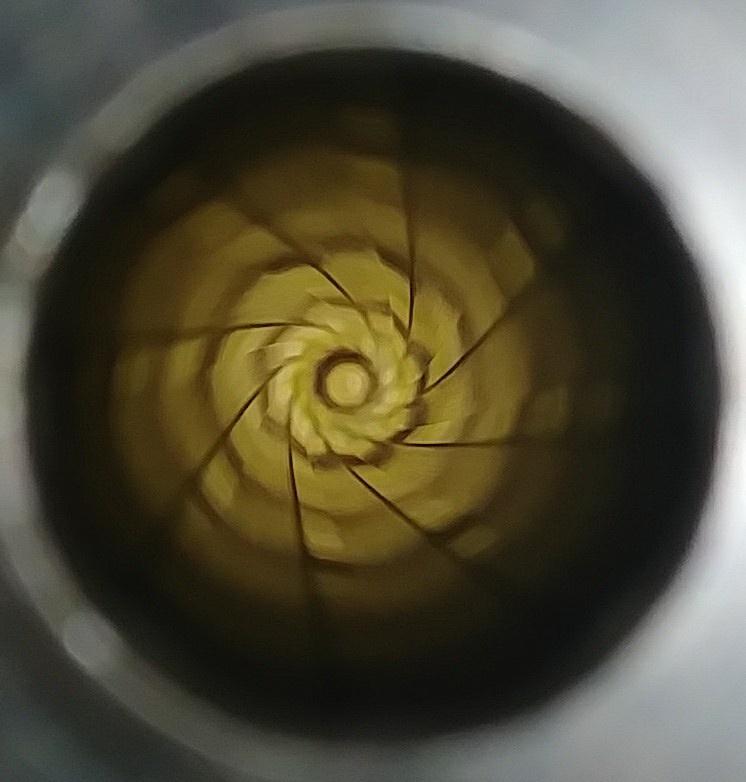
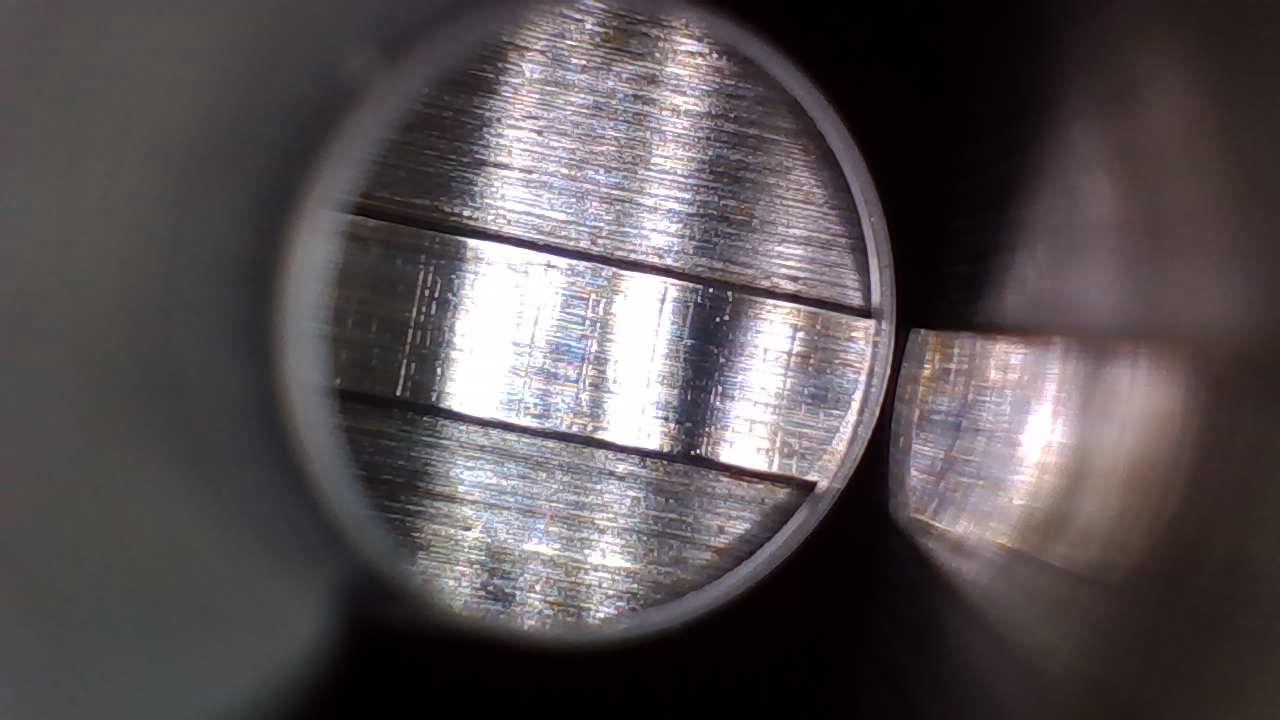
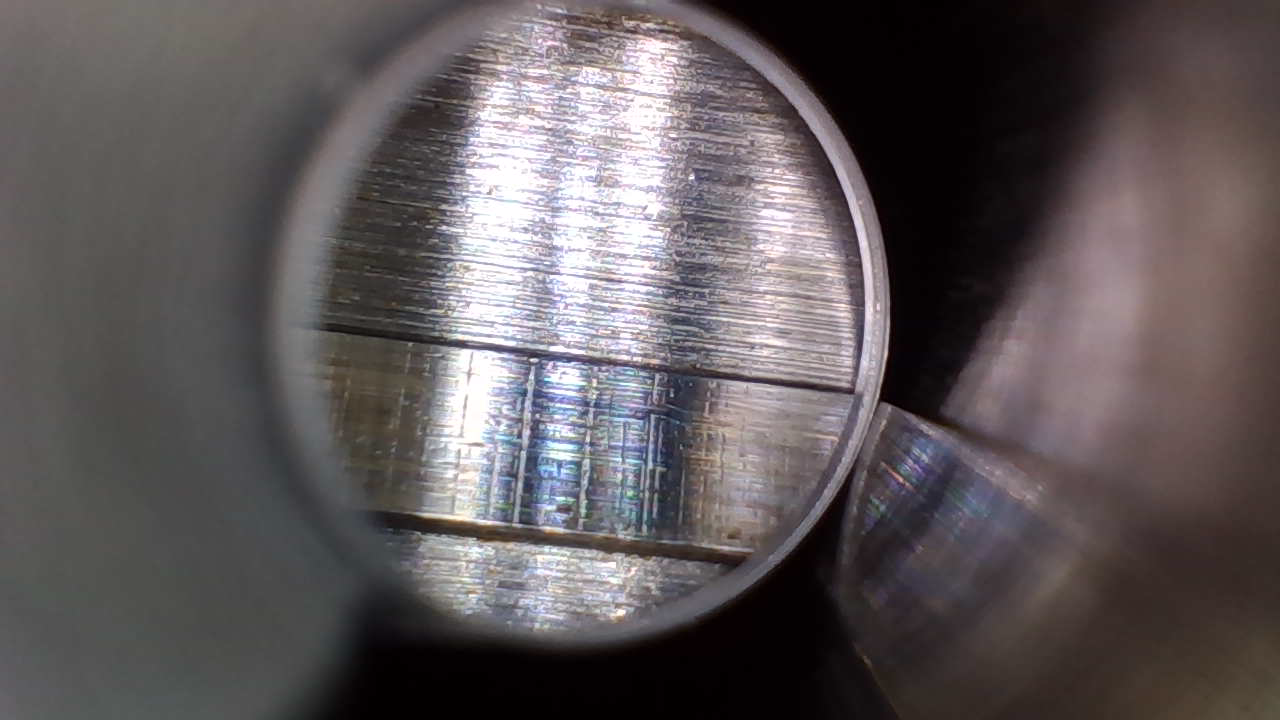
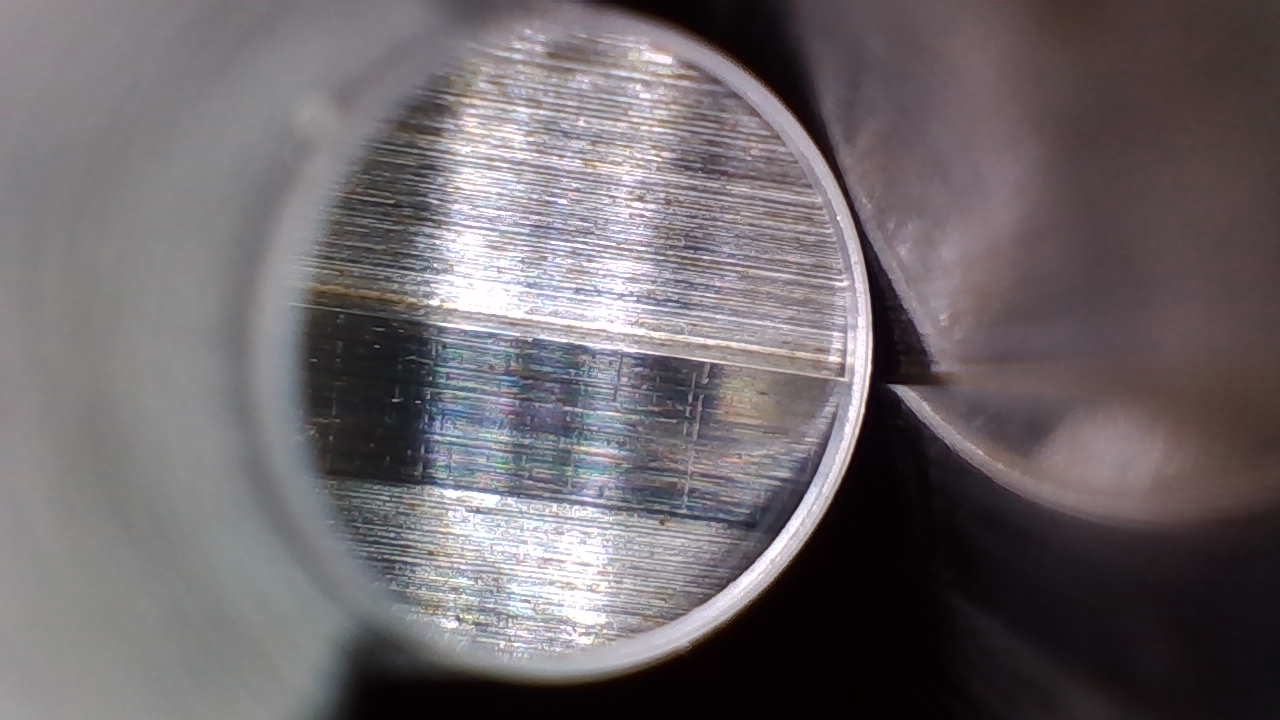
Thanks for the info, man that borescope takes clear images. I saw you YouTube video of it in action. May end up investing in one before longI do the above procedure to EVERY Barrel i own before i ever Shoot them. 0000 Steel Wool will hurt nothing, I ad some Bore Polish as well. You want the Patch to Fit TIGHT, You want to see the Groove impression in the Patch (You can’t get this kind of Power with a Gun Rod) To do this properly you need a Good Range Rod, Something with Backbone that you can get a Good Hold on.
I run 25-50 Strokes with The 0000 Steel Wool and Bore Polish Compound, Then do away with the Steel Wool and go to straight Patches with Bore Polish Compound, Again you want the Patches to Fit TIGHT, I do another 50 to 100 Strokes with Just Patches
This is the Stuff i use, It is Probably the same thing, or very similar to JB Bore Paste? But fact is I have never used JB Bore Paste so I really don’t know? But i can vouch for this Montana Extreme & Cleaning Compound

It makes cleaning easier, Swabbing Between Shots Etc., It hurts ABSOLUTELY NOTHING




Thanks for the info, man that borescope takes clear images. I saw you YouTube video of it in action. May end up investing in one before long
Enter your email address to join: